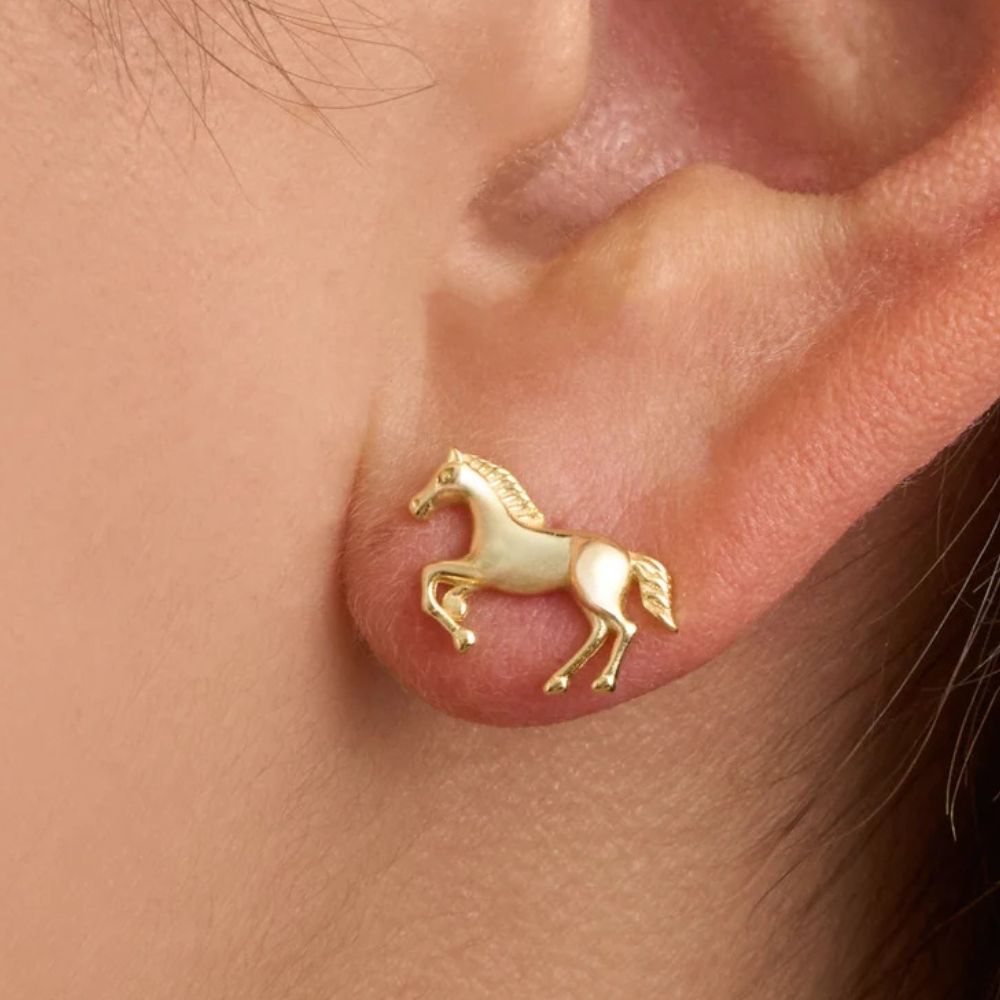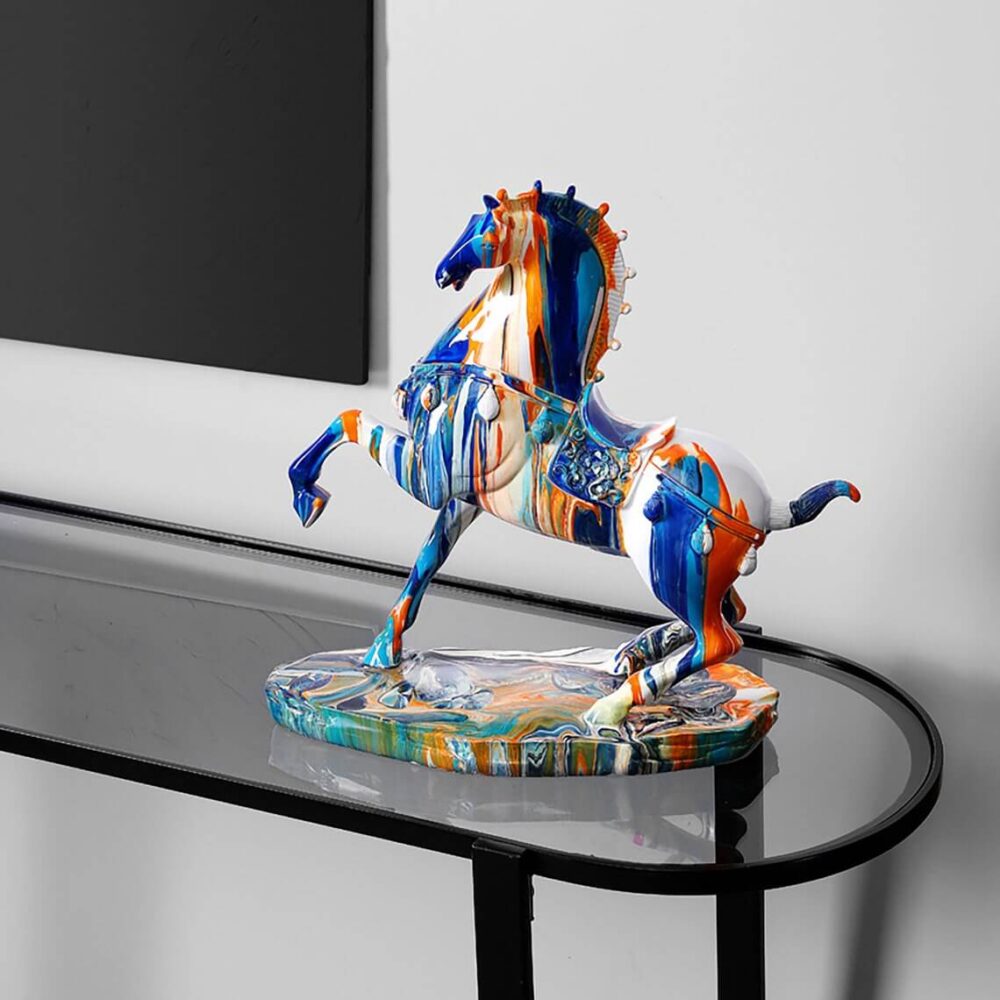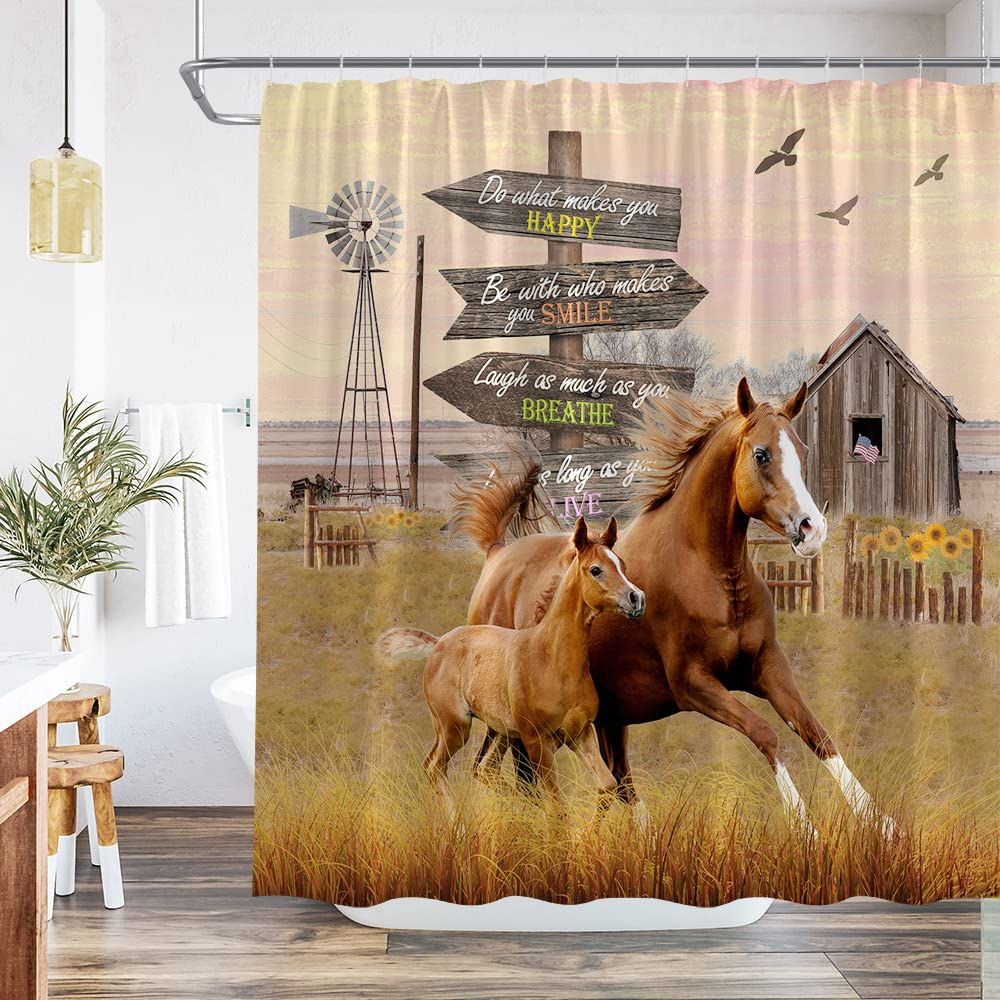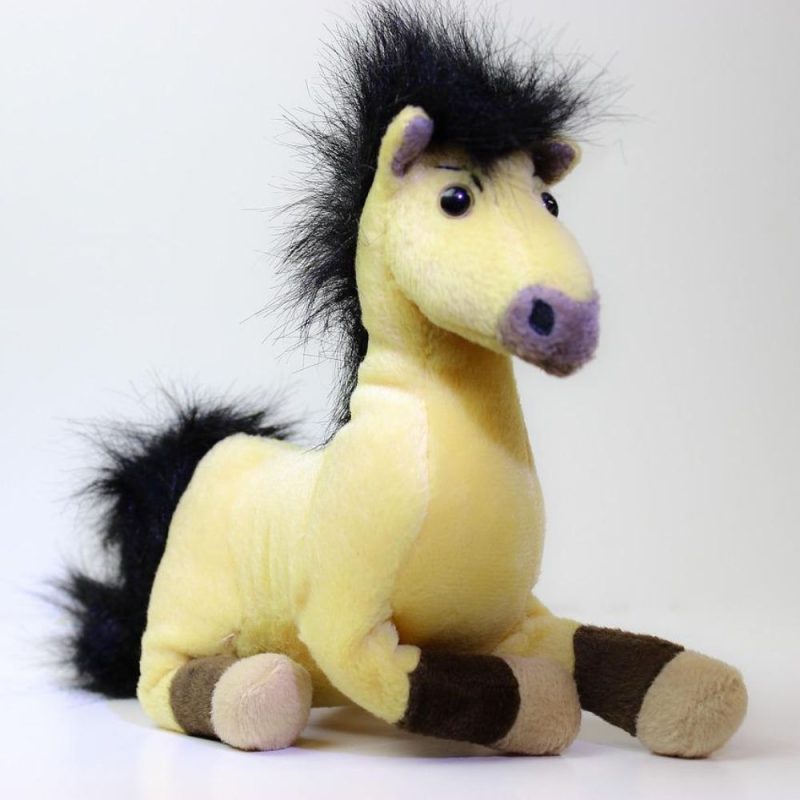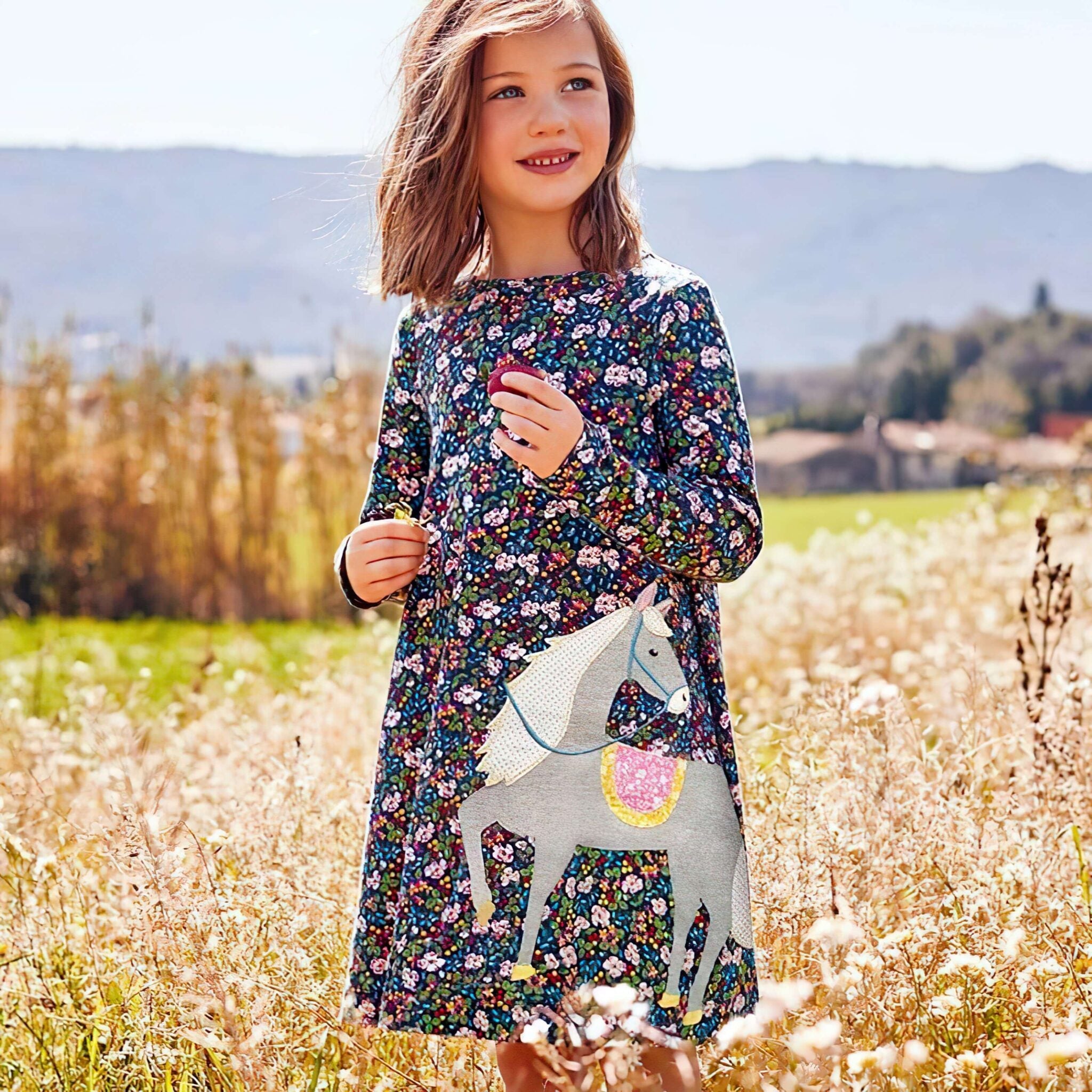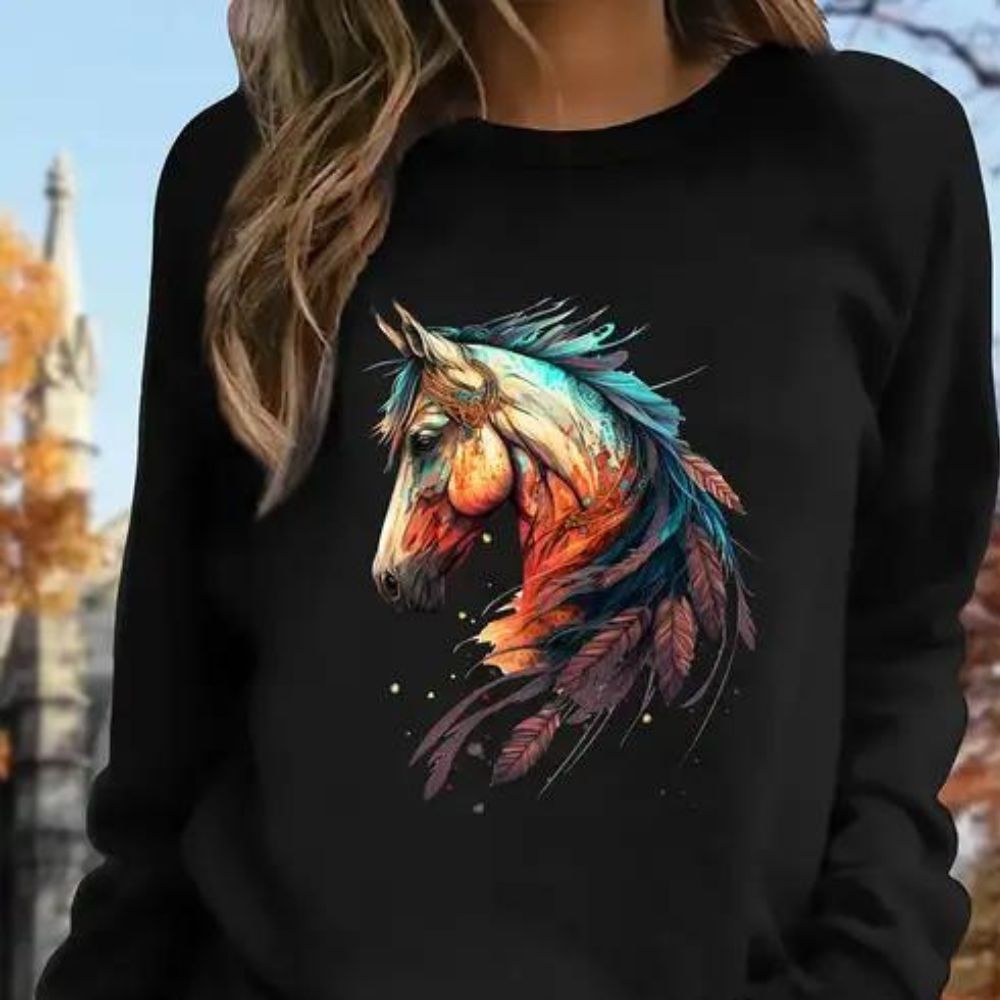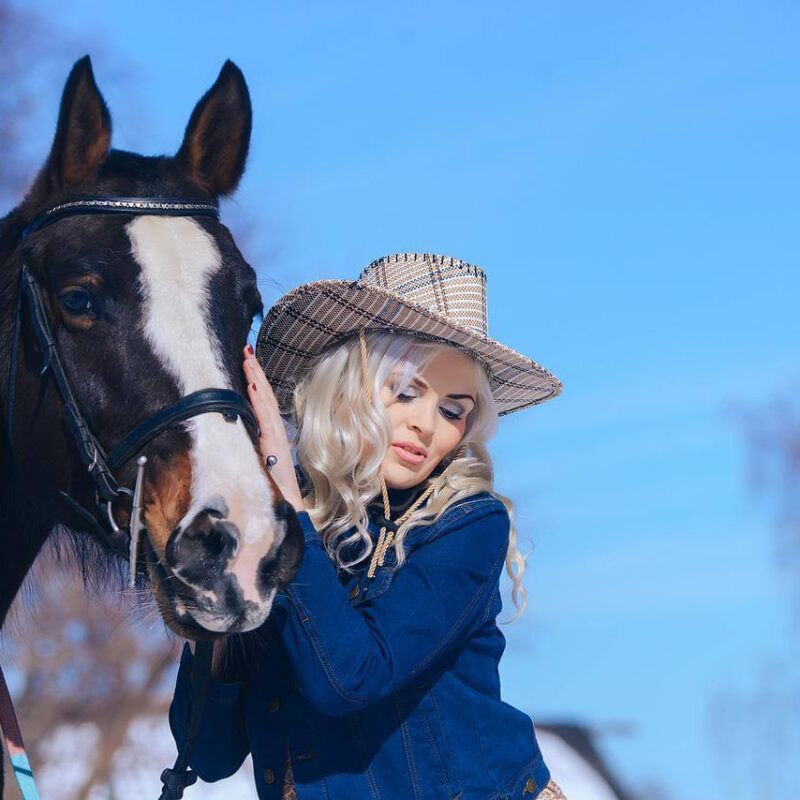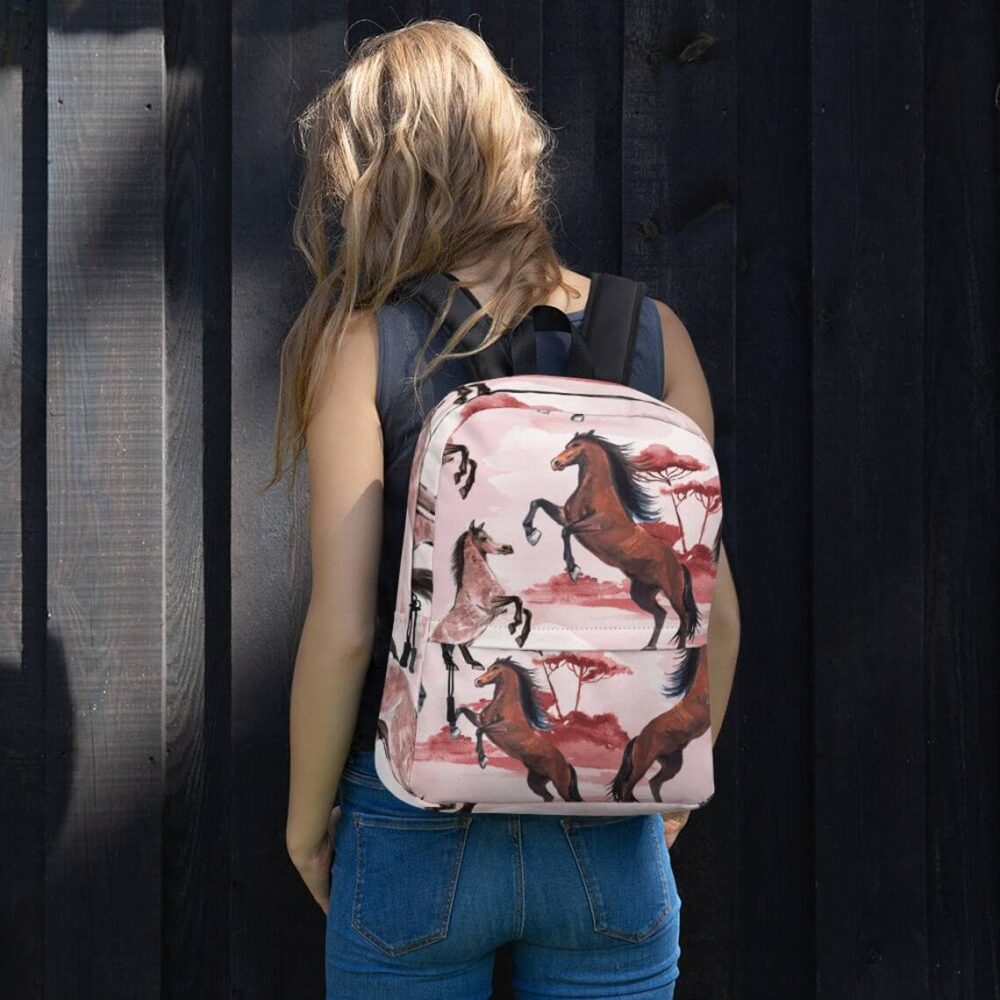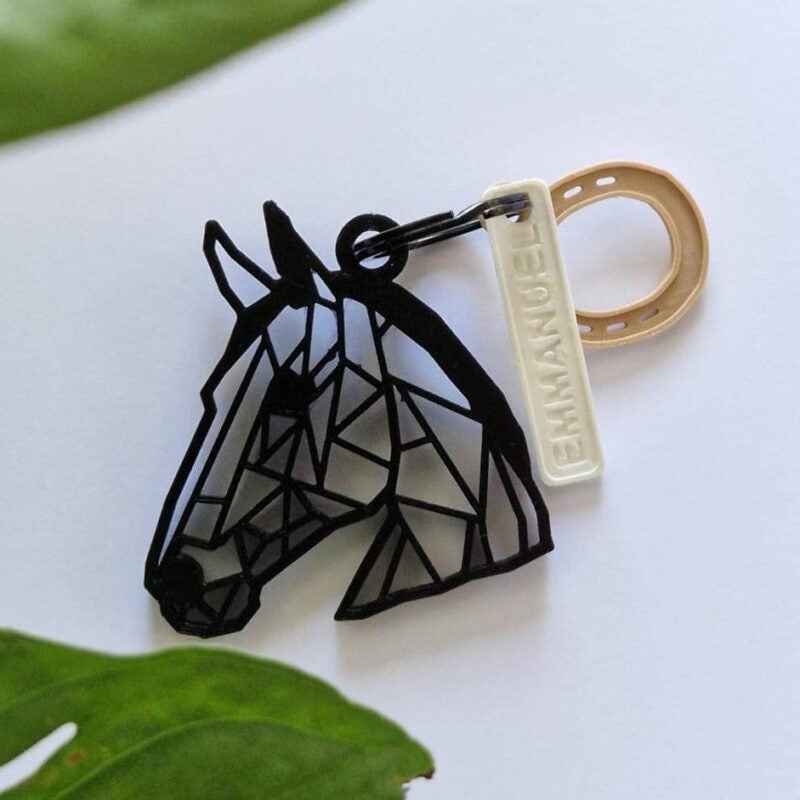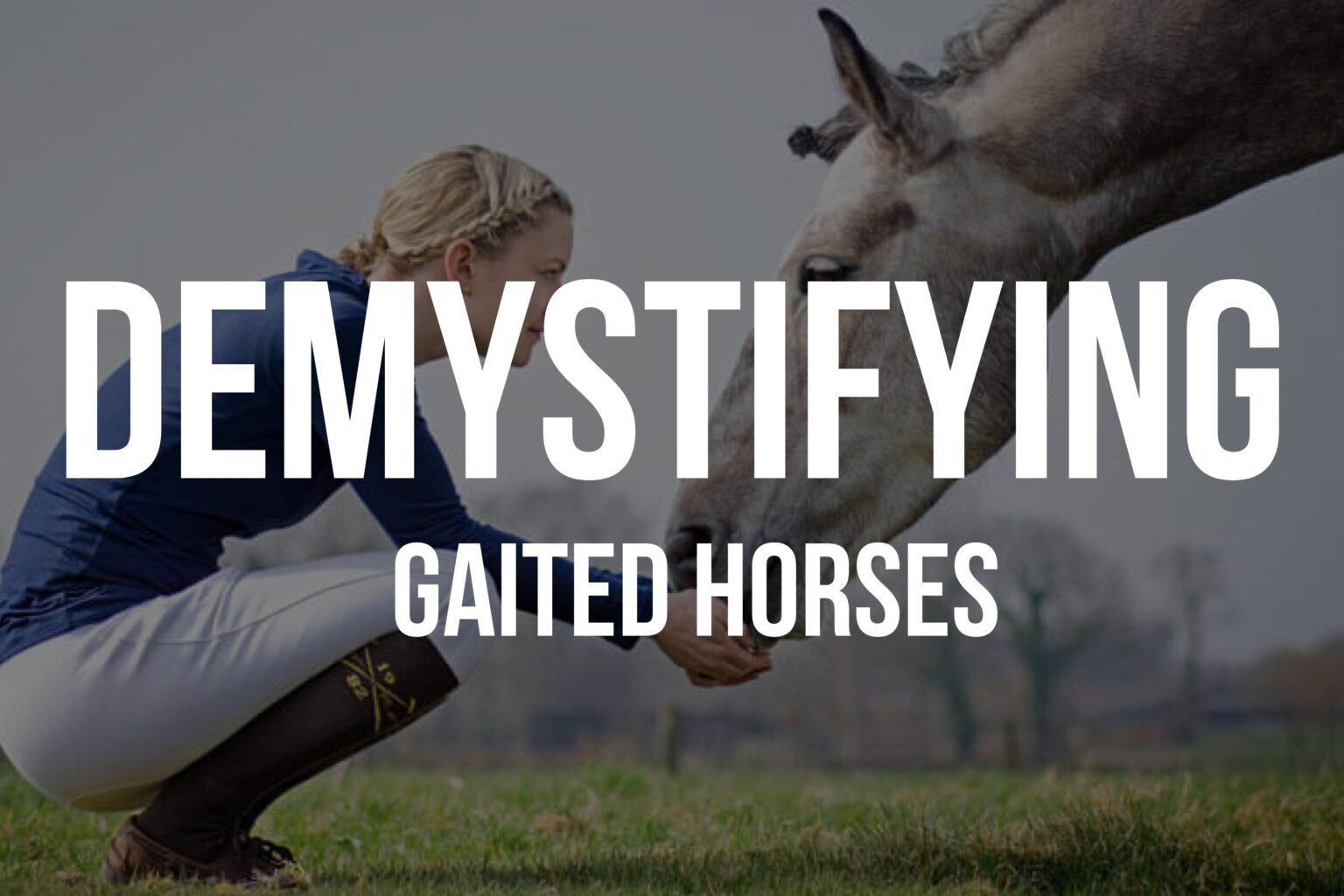
What is a Gaited Horse?
Gaited horses are a special type of horse with natural, intermediate gaits that provide a uniquely smooth and comfortable riding experience. But what exactly makes these horses different? And what do you need to know about buying, owning, and riding them? This article will uncover all the key aspects of gaited horses.
What Is A Gaited Horse?
Gaited horses are born with genes that allow them to perform intermediate gaits in addition to the walk, trot and canter/gallop of non-gaited horses. These extra gaits create a smooth ride without the traditional “up and down” jolt of the standard trot.
While any horse can learn gaits like the pace or single foot, a gaited horse has the conformation and athleticism naturally suited for performing specialized gaits with ease and comfort. Those who prefer a velvety smooth ride often seek out gaited horses for this specialized genetic talent.
Over 60 horse breeds around the world are considered gaited horses. They exhibit rapid lateral footfalls where the legs on one side move forward almost or completely in unison. These fancy footwork patterns create the smooth intermediate gaits so highly coveted.
What Gives Gaited Horses That Smooth Ride?
The smooth, gliding intermediate gaits of gaited horses are thanks to a combination of physiological and conformational factors:
- Faster lateral gaits: Rather than the familiar up-and-down trot with diagonal pairs, gaited horses perform lateral 4-beat gaits where legs on one side move in near unison. This creates no moment of suspension between footfalls for a super smooth ride.
- Rounded action: The natural lift and rounding of gaited horses’ front ends allows their front feet to clear the ground evenly at speed without excessive knee action. Their hind ends engage to propel the motion.
- Good back confirmation: A short back allows the hind legs to step deeply under the body and minimize concussive force. Nimble, athletic movement prevents jostling the rider.
- Surefootedness: Gaited breeds tend to be surefooted, allowing them to confidently perform tricky footfall patterns even over rough terrain. Good balance skills lead to less rider disruption.
So while all horses can trot and do other standard gaits, the specialized genetics and physiology of gaited breeds allow them to smoothly perform challenging intermediate gaits other horses find difficult. Their smooth style of movement sets them apart.
Popular Examples of Gaited Horse Breeds
With over 60 gaited breeds worldwide, it can get confusing determining which horses qualify as gaited. Some of the most popular include:
- Tennessee Walking Horses: This American breed is the archetypical gaited horse. They are known for their running walk – a smooth 4-beat lateral gait with speeds up to 20 mph!
- Icelandic Horses: Originating from Iceland, these pint-sized horses perform the tölt – a flowing, lateral 4-beat gait unique to the breed.
- Paso Finos: This graceful breed from Puerto Rico are prized for their smooth, rapid paso fino 4-beat lateral gait. Their yoga-like flexibility adds to the smoothness.
- Peruvian Paso: Known for the smooth rhythm of their paso llano gait, these flashy horses exhibit good suspension and lateral gaits sure to impress any spectator.
- Missouri Foxtrotters: As their name suggests, this sturdy Midwest breed foxtrots – performing a fluid, broken lateral 4-beat gait allowing both speed and comfort.
There are many other gaited breeds like the Racking Horse, Spotted Saddle Horse and Mangalarga Marchador – each prized for their own unique intermediate gaits. Their shared talent lies in that naturally smooth way of going.
➤ Also Read: Can Horses Eat Pumpkin? A Comprehensive Guide
What to Know Before Buying a Gaited Horse
If considering adding one of these smooth movers to your stable, here is what you need to know:
Conformation differences: Evaluate conformation carefully, watching for a short back, strong hindquarters, upright shoulders allowing high arm carriage, and a naturally carried head. Their structure contributes to that lovely gait.
Special shoeing needs: Most gaited horses are shod to enhance their natural talents. Be prepared to employ a knowledgeable farrier able to properly shoe for specialty gaits.
Evaluate each gait: Every gaited breed has their trademark gait(s), so evaluate each carefully on a longe line and under saddle. Make sure you like the real speed, smoothness and personality when performing.
Prep for training variations: Training methods can differ widely amongst gaited breeds. Study up on techniques used with that breed in advance so you know what to expect under saddle. Find a trainer familiar with the breed.
Health considerations: Some breeds are prone to soundness or health issues from years of special breeding. Discuss any concerns with your vet and know future costs.
Cost differences: With high demand and more specialized care requirements, purchase price and upkeep costs may exceed other breeds. Review your budget thoroughly first.
While every breed has its quirks, when found sound, gaited horses offer incredibly smooth rides loved by equestrians around the world. Do your homework and select carefully, and you’ll discover an equine partner to take you gliding down the trails in style and comfort.
Frequently Asked Questions About Gaited Horses
What is gaiting exactly?
Gaiting refers to the smooth, intermediate lateral gaits performed by gaited horses instead of the traditional trot. Rather than an up-and-down diagonal two beat trot, gaited horses perform laterally – with the legs on one side moving forward in near unison. This four beat movement eliminates suspension between strides for unprecedented smoothness.
What’s the smoothest gaited breed?
Opinions vary, but the Peruvian Paso’s stylish, smooth movement and Tennessee Walking Horse’s buttery smooth “running walk” frequently top lists of the smoothest gaited breeds. Both feature smooth lateral gaits: the Paso Llano in Paso Fino’s and the running walk in Tennessee Walkers. Their smooth strides traversing considerable ground provide riders a comfortable, enjoyable ride.
How fast can a gaited horse go?
Top speeds vary amongst breeds, but Tennessee Walking Horses can reach up to 20 mph at their running walk gait, while Icelandic horses often exceed speeds of 25 mph when tölting. Even smaller varieties like Paso Fino’s can cruise comfortably at speed. So while not the fastest sprinters, gaited horses can cover ground efficiently while still retaining ride comfort.
Are gaited horses good for beginners?
Typically smooth movement makes gaited horses suitable for many beginners provided they match riders’ experience levels. But some are quite spirited or trained very specifically requiring experienced riders. Consider each horse’s training and temperament rather than assuming all gaited breeds work for all riders. Lessons help build necessary skills.
How much do gaited horses cost?
Prices run the gamut but average $2,500-$5,000 for horses trained to ride. Show quality bloodstock with extensive training can demand upwards of $15-20k, while grade horses may sell for under $1,000. Conformation, training, pedigree, breeding potential and gaits influence price, so set your budget accordingly.
In Summary
From American favorites like Tennessee Walkers to flashy Spanish breeds like Paso Finos, gaited horses are prized for their smooth intermediate gaits offering comfortable rides. Their specialized genetics produce smooth lateral movements other horses struggle to master or maintain. While individual breeds vary, they share that same lovely gliding ride keeping equestrians coming back for more. For pleasure riders looking to enjoy many miles in the saddle, a smooth moving gaited horse may be the perfect fit.










